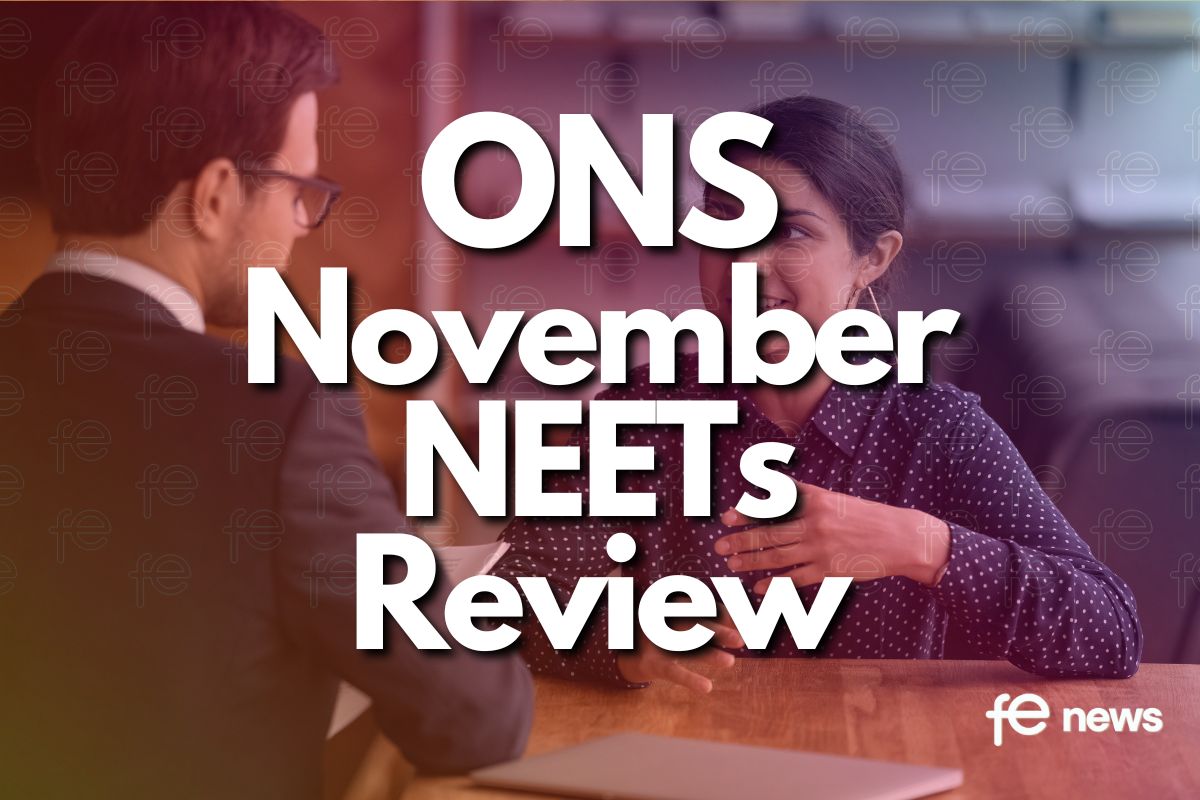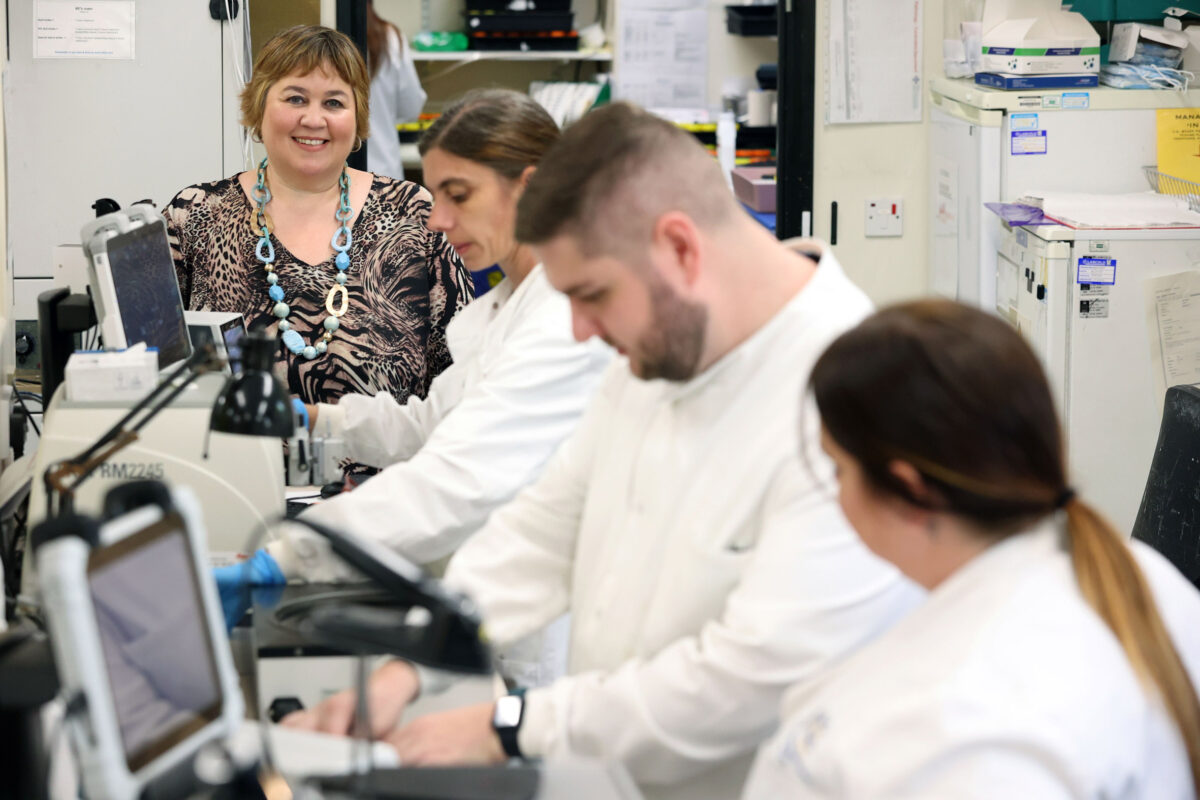Why student experience must be at the heart of university digital transformation

As this autumn’s new academic year approaches, higher education institutions are having to tackle new challenges around hybrid learning and pastoral care on a level not seen before.
While universities have developed well-honed, strong on campus pastoral care systems for students over decades, this now needs to be future proofed for the online world too. Students must continue to receive the best learning experience, and the wider support they need, if hybrid learning is to succeed. This will require greater thinking around how universities digitally transform.
Alongside this, now that the pandemic dust is settling, student’s expectations are also rising. Particularly so, as the cost-of-living crisis makes them question what they receive from their financial investment in higher education.
Particularly of interest to students is ensuring they still receive the same high levels of pastoral care and safeguarding of their wellbeing, as they switch to hybrid study, according to the recent Creating a superior student experience in the new hybrid learning world research report.
Elevating the student experience in a hybrid learning environment
Students have watched digital platforms in virtually every other part of their life (such as shopping, banking and entertainment) adapt to their new everyday needs and, given the time and money they invest, are now expecting the same from their higher education institutions.
Our research shows that 14% of students aren’t sure if their university is doing enough to support online learning, and 22% go as far as saying that the support being offered is insufficient. While, as a percentage, that sounds low, with 2.66 million students studying in UK higher education institutions, that’s a lot of dissatisfied customers.
Most university students of today are digital natives, in other words, they have elevated expectations of the technological and digital capabilities of their university. A recent report into higher education digital experience makes clear that the next cohort of students are demanding a quality that is on par with Amazon, Netflix, and Facebook. A standard they feel has yet to be met.
Our own findings also reveal that students feel they are less likely to thrive at university if they are not properly prepared and supported from the outset and are likely to study elsewhere. In fact, 52% of students reported being more likely to apply to an institution if they offered university information through a mobile-first format.
The student experience begins long before the first day of term, therefore universities must remain engaged with their applicants and prospective students from the very beginning. Not only will this help enhance student experience, but it also works to safeguard the acquisition and retention of these students.
Improving student care in the digital space
As universities look to advance improvements to their digital space, they must consider more than just their academic delivery. While changes to lecture streaming options, access to academic resources, and innovative course restructuring are integral to the new academic landscape, our research shows universities also need to focus on how they are meeting their students’ wellbeing needs.
A concerning number of students conveyed feeling unsupported during the last academic year, with over 75% of students hoping for increased pastoral care if hybrid learning continues. Students would appreciate more regular check-ins from their university’s pastoral team, whether that be in-person, online, or some combination of the two.
With hybrid learning, another major concern has come to the fore – online bullying and harassment. Previously, higher education institutions perceived much of this as falling outside of their scope of responsibilities. But instances of online bullying and harassment, not to mention the increased access into peoples’ personal lives due to video classes, has made it obvious that universities cannot ignore this problem any longer.
In fact, TechnologyOne’s research found that nearly 60% of students are open to their online learning being monitored if it helps safeguard them. Especially as more than one in ten students reported having been cyber bullied or harassed while learning digitally.
Universities need to do more to accept their role in safeguarding students online. This includes ensuring both their privacy and safety and will likely require reconfiguring the metrics educators and administrators use to assess at-risk students.
As we move forward, the challenge for universities will be finding the balance between accepting their role as custodians for student wellbeing, while not becoming digitally intrusive in the process. Embracing their duty of care means universities must ask themselves how they are dealing with student distress from a distance and defining what this level of responsibility should mean now. What’s clear is that new policies and new strategies are needed both for in-person and digital intervention and support.
As the cost of living continues to rise, students are being faced with a growing list of challenges, the fiscal feasibility of higher education being among the highest. The National Union of Students (NUS) found that 96% of students are cutting back because of this cost-of-living crisis, and 90% feel it has had a devastating effect on their wellbeing. Therefore, guaranteeing universities are still a safe, desirable, enriching place for students to attend is more important now than ever.
In an academic context now predominantly dominated by hybrid learning, transforming the digital landscape also means transforming the way we deliver student care in the digital space. Higher Education institutions are facing growing administrative complexity due to slashed budgets, rising costs, and the growing pressure to provide a differentiated student experience.
Universities determined to lead innovation in digital transformation and student care must ensure they have a strong digital backbone in place, one that is capable of supporting all the needs of their university and their students.
By Peter Nikoletatos, General Manager, Higher Education, TechnologyOne











Responses